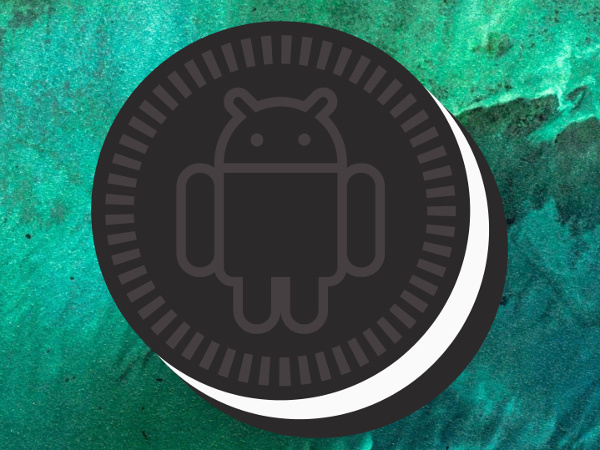
Ok Android users, we now have some news for your to bring joy at your face. The news ia specially for those having a Pixel or Nexus phone.
Google has now officially released the Developer Preview build of Android Oreo 8.1 . The company currently has Android Oreo as version 8.0 . The first Developer Preview build of Android Oreo 8.1 comes to Pixel and Nexus devices.
The Android Oreo 8.1 brings some under the hood changes to the system. It brings changes like neural networks API, improved notifications, improved RAM usage on low end devices, framework updates for Autofull, fingerprint updates and some more API changes as well. Detailed changelog is listed below,
Changelog:
- Android Go memory optimizations and targeting :– Android 8.1 includes a set of memory optimizations for Android Go configurations (1GB or less of memory). We’ve added new hardware feature constants so you can now target the distribution of your apps and APK splits to normal or low-RAM devices running Android 8.1 and later.
- Neural Networks API :– as part of our efforts to bring machine intelligence to Android, we’ve added a Neural Networks API via the NDK. It enables hardware-accelerated inference operations on supported devices. We designed the Neural Networks API as a foundational layer for ML frameworks like TensorFlow Lite — Google’s upcoming cross-platform ML framework for mobile — as well as Caffe2 and others. Stay tuned for TensorFlow Lite announcements.
- Autofill enhancements :- we’ve made it easier for password managers and other Autofill services to use the Autofill framework. For example, we’ve added support for more UI customization of the Save dialog, as well as setAutofillOptions() for users to set credit card expiration using a spinner.
Shared memory API — this new API lets apps allocate shared memory for faster access to common data. Apps can map anonymous shared memory and manage protection controls using the - SharedMemory API :- The API is parcelable, AIDL friendly, and exposes useful features like removing write permissions.
- Notifications:- Apps can now only make a notification alert sound once per second. Alert sounds that exceed this rate aren’t queued and are lost. This change doesn’t affect other aspects of notification behavior and notification messages still post as expected.
- Improved targeting for low-RAM devices
- EditText updates
- Programmatic Safe Browsing actions:- Devs can control whether an app reports known threats to Safe Browsing, and have the app automatically perform a particular action—such as going back to safety—each time it encounters a URL that Safe Browsing classifies as a known threat.
- Video thumbnail extractor:- The MediaMetadataRetriever class has a new method, getScaledFrameAtTime(), that finds a frame near a given time position and returns a bitmap with the same aspect ratio as the source frame, but scaled to fit into a rectangle of given width and height.
- WallpaperColors API: Adds support for managing wallpaper colors. This feature lets you create a WallpaperColors object from a bitmap, a drawable, or by using the first three most visually representative colors. You can also retrieve details of the first three noticeable colors of a wallpaper.
- Fingerprint updates
